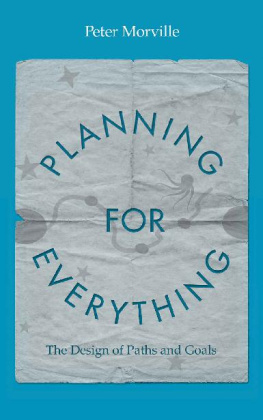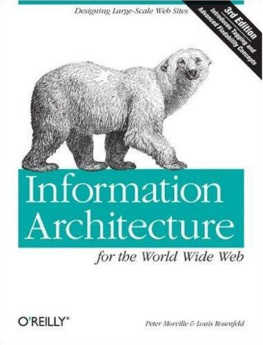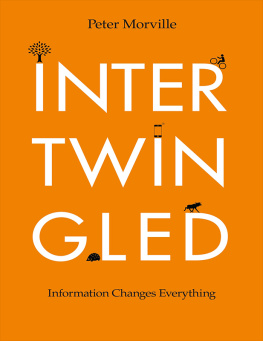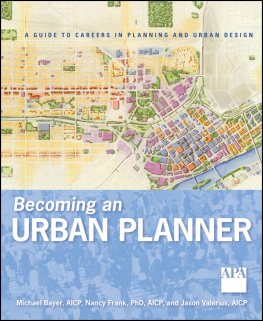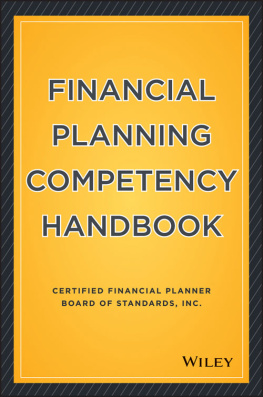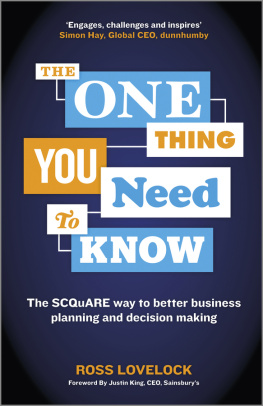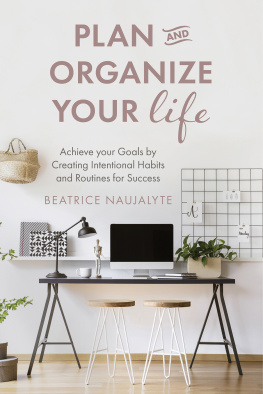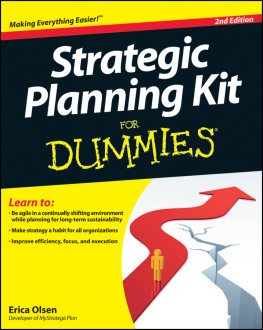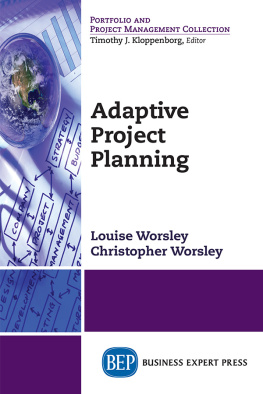An expansive,thoughtful synthesis of planning strategies: how they work, when they fail, andwhy they matter.
Planning is impossibleto perfectly escape or execute. Morville has done a wonderful job of exposingthis dilemma without prescribing an outcome.
Peter Morville has writtenwhat will be my personal go to and the first book I recommend to people who hopeto model their life (and world) with intent. Practical. Approachable. Wise.This book is a beautiful adventure that will disrupt the way you shape yourfuture.
Preface
I know why the caged bird sings.
Maya Angelou
Planning is a skill rarely taught in school. We learn to plan byobservation and experience. As we rise from child to teenager, our mastery ofthe design of paths and goals grows by mighty leaps and bounds; until we stop. Itis not a conscious decision. We hit good enough and pivot, as there is so muchelse to do. It mostly works. We learn to ride a bicycle, and never forget. Butplanning is different, as its subject to change. Old habits and beliefs failas our contexts shift. Happily we can improve, as planning is a skill we canbuild with practice and wisdom.
I love organizing the future and have been doing it all my life. Myparents recall that, as a toddler, I often practiced words in my crib longbefore going public. And, as a teenager, I drove them crazy on holidays byincessantly asking whats next? So its no surprise I plan software andwebsites for a living.
But I didnt write this book for me. My aim is to help anyone on thespectrum from playful improviser to rigorous planner to be better at the dancebetween what is and what might be.
Maya Angelou writes the caged bird sings of freedom, and I imagineyou know what she means. We all feel the cruelty of a cage. Often the bars arehidden. We bind ourselves with laws, code, culture; and fail to see its atrap. But thats the beauty of the design of paths and goals. By makingplanning visible, we can improve our ability to find truth and render intent.Thats why I wrote this book, because planning is a door to freedom.
Organizationof This Book
This book is meant be read in linear style from start to end, but incase you prefer to plan a different way, heres a simple map.
Chapter 1, Realisingthe Future
Explores the nature of planning in the contexts ofanimals, people, and robots. Introduces 4 principles and 6 practices.
Chapter 2, Framing
To understand and explain our plans and goals, wemust dig deeper into the connections between problems and solutions.
Chapter 3, Imagining
To expand paths and possibilities, play withprototypes. And it helps to have hope, which equals willpower plus waypower.
Chapter 4, Narrowing
To evaluate and filter strategies and options, weidentify the drivers, look for levers, and then calculate estimates and risk.
Chapter 5, Deciding
To commit to a belief or goal requires a balanceof logic and emotion. Maps and plans help us to shift from why to how.
Chapter 6,Executing
In the improvisational dance of acting andthinking, we must choose to pivot or persist. Grit works but spirit is evenbetter.
Chapter 7,Reflecting
We look back to move forward. We search the pastfor truths and insights to shift the future. Reflection changes direction.
Chapter 8,Star Finder
Myths shape the future, but do the ends justifythe means? In the last chapter, stories of different heroes end with questions.
Acknowledgments
First, Id like to thank Edgar Schein, as your book on helpinginspired my book on planning. Second, I thank Kit Seeborg for your help with the workshop that turned into a book. And, to all 64 peoplewho responded to my survey, thank you for the advice and support I needed to startwriting. And, to Rosalind Morville, Christopher Farnum ,Heidi Weise, and my friends at Q LTD and The Understanding Group, thanks forstanding with me all these years. And, to the folks on my podcast Jessica Hall, Jorge Arango , Amy Silvers, RachelJoyce, Peter Merholz , Christina Wodtke , Livia Labate , Tony Grant,Lindsay Kloepping , Martin White, Jonah Bailey, Micah Alles , Jim Young, Jeff Gothelf ,Karl Fast, Insa Keilbach thanks for sharing stories and insights on the design of paths andgoals.
Claire Morville and Tony Grant read the draft manuscript and providedgenerous advice and encouragement. Jeff Callender andI worked together to design the cover, interior layout, and illustrations. Allthe icons are licensed from The Noun Project.
Finally, Id like to thank Susan, Claire, and Claudia for making mylife worth planning; and Knowsy for our long, slow walks.
Realising theFuture
One child, oneteacher, one book, one pen can change the world.
Malala Yousafzai
We are several hundred feetinto the cave when Claudia whispers in the dark Im so mad at you for bringingus here. Im not surprised. Its my fault. I planned this vacation. I chose tobring my wife and our teenage daughters on this expedition to Actun TunichilMuknal, a subterranean cave in Belize that contains the sparkling, calcifiedskeletons of children. Over a thousand years ago, the Maya believed the Cave ofthe Crystal Sepulchre with its demons, scorpions, and rivers of blood to be anentrance to hell and a fit place for ritual, human sacrifice.
The Maya had a point. Afterhiking through rainforest in the rain for an hour, swimming an icy stream intothe cave mouth, and scrambling over slippery rocks with only headlamps forlight, we are cold, tired, fearful. A man sits in the shadows, his facedarkened by blood. He must have fallen. Thats why our daughter is angry. Itstreacherous, and our three hour tour of the underworld has just begun. Imexcited by the wonders of this cave, but Im also aware of the danger. SinceIm the one who instigated this adventure, I imagine my family may leave mehere, a human sacrifice given readily to appease the Gods.
I knew the risks when Iplanned this holiday. In fact, risk was one of the goals. I asked Susan and thegirls what they wanted. We explored options and reflected on past trips. Ourteenagers did not want to sit on a beach. They were eager for adventure. So we devisedan itinerary to include swimming with sharks, ziplining the jungle, and hikingin caves. I researched hotels, restaurants, transport, things to do. I bookedflights, made checklists, and checked passports. I built flexibility into theschedule to allow for weather and mood. I did all of this happily, knowing fullwell that something would go wrong.
Planning is a skill I loveto practice. Whether advising clients how to structure a website, helpingteenagers apply to college, or organizing a trip, I love imagining and shapingthe future. Not that I have a choice. My brain models possible scenariosobsessively. This is not all good. Yesterday, lost in thought, I walked into awall. To be in the moment, I must practice mindfulness, which is also essentialfor planning. Surprise is inevitable. Both the plan and the change need tohappen. To manage disruption with grace and a sense ofhumor is part of the challenge. Thats why planning is about more than a plan.

